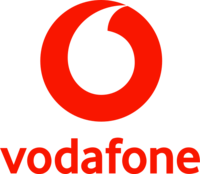3D digital twins are usually used for mapping all the antennas on a single cell tower, but Vodafone has recently created a 3D digital twin of its entire U.K. tower network. The digital twin will allow engineers to remotely visualize and plan network improvements.
“The digital twin gives us an unprecedented understanding of our entire U.K. mobile network – it is like Minecraft for data scientists,” Boris Pitchforth, Lead Architect at Vodafone, said.
To create the digital twin, more than 40 million environmental features had to be mapped using advanced software from Esri, including buildings, hills, valleys and trees. Engineers now have access to a 360-degree virtual view of the network. They can plan where to position new mobile sites more effectively and identify which ones need upgrading or repositioning to meet increases in customer demand. Changes may also need to be made to compensate for the construction of new buildings or tree growth.
“We can be smarter and faster about how and where we add new 5G features, and target capacity increases with greater precision,” Pitchforth said. “There’s also the added benefit of being able to reduce our carbon footprint as our engineers won’t need to make as many site visits, especially to masts in remote areas.”
Approximately 500,000 network features such as antennas, along with billions of rows of network performance data can be visually presented. The company is now looking to test a similar digital twin service in other markets, including Germany and Turkey, and is exploring options to create an intelligent online replica of both its mobile and fixed broadband networks.





Reader Interactions